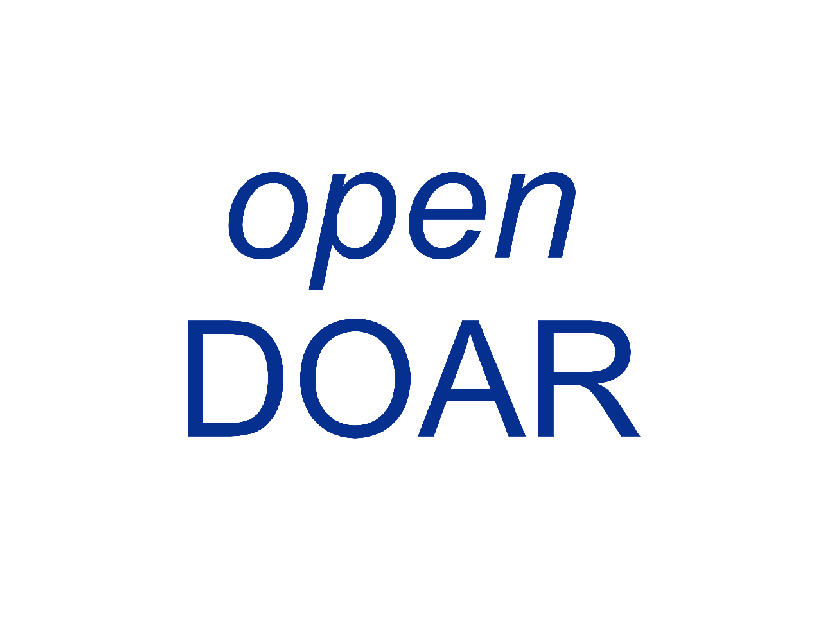Estrategias de psicomotricidad fina para mejorar la habilidad óculo manual en niños de 5 años de la I.E.I. 202, Lambayeque, 2023
Fecha
2025-10-06Autor
Jimenez Jabo Flor De Maria
Perez Cordova, Hilda Marcia
Metadatos
Mostrar el registro completo del ítemResumen
La presente investigación tuvo como objetivo general; Diseñar estrategias de
psicomotricidad fina para mejorar la habilidad óculo manual en niños de 5 años de la I.E.I. 202
San Gabriel Arcángel. El grupo de niños presentaba dificultades y niveles bajos en su
coordinación óculo-manual al momento de realizar actividades motrices.
Para responder a esta problemática partimos de un marco teórico sobre el tema,
organizamos una propuesta de actividades psicomotrices basada en la teoría Henrry
Wallon y Piaget Piaget puesto que esta describe en forma sistemática el crecimiento y
desarrollo humano, en esta ocasión tomamos como referente específicamente la edad de
3 años.
Por ende, aplicamos 10 actividades motrices, organizado en 4 dimensiones:
arrojar, lanzar y recibir, lanzar con puntería y rebotar, trabajo que fue evaluado mediante
listas de cotejo y la aplicación de un pre y post- test, obteniendo como resultado final: que
ningún niño actualmente esté en proceso ni regular, el 6% se encuentre en un nivel bueno,
el 19 % muy bueno y el 75 % excelente; concluyendo de esta manera que la población
entre niños y niñas lograron desarrollar y fortalecer mayor destreza en su coordinación
óculo manual, demostrando finalmente resultados positivos y beneficiosos para ellos. The general objective of this research was to design fine psychomotor strategies to improve
manual-ocular skills in 5 year old children of the I.E.I. 202 San Gabriel Arcángel. The
group of children presented difficulties and low levels in their hand-eye coordination when
performing motor activities.
In order to respond to this problem, we started from a theoretical framework on the subject,
we organized a proposal of psychomotor activities based on the Henrry Wallon y Piaget
Piaget describes in a systematic way the human growth and development, in this occasion
we specifically took as a reference the age of 3 years old.
Therefore, we applied 10 motor activities, organized in 4 dimensions: throwing, throwing
and receiving, throwing with aim and bouncing, work that was evaluated through checklists
and the application of a pre and post test, obtaining as a final result: that no child is currently
in process or regular, 6% are in a good level, 19% are very good and 75% excellent;
concluding in this way that the population between boys and girls managed to develop and
strengthen greater skill in their hand-eye coordination, finally demonstrating positive and
beneficial results for them.
Colecciones
- Educación [871]







